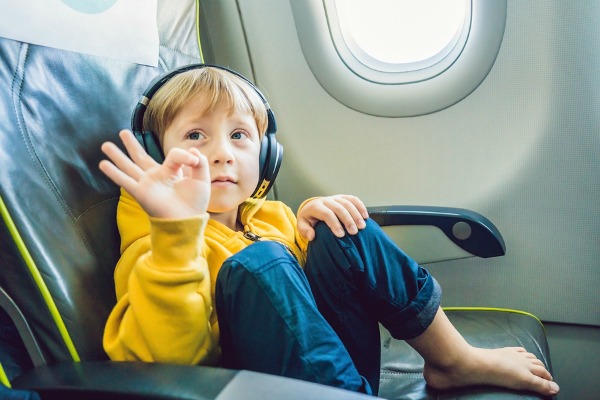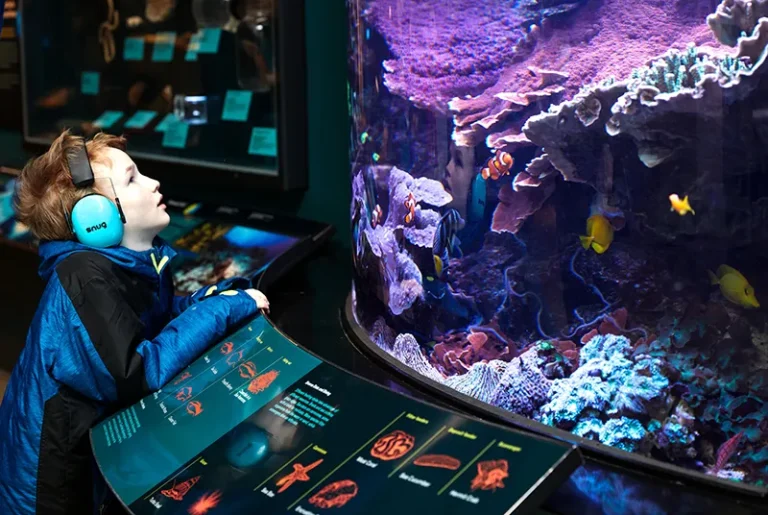To visit with a child or family member with autism is a wonderful experience but one that requires planning, patience, and remembering every person with autism is unique. Autism is not a single entity; it is a continuum, and the needs, sensitivities, and interests of each person vary greatly. One size fits none, but with the right resources and planning, families can create positive, lasting experiences customized to their loved one’s individual needs.
Understanding the Spectrum: No two journeys are the same.
Autism spectrum disorder varies across individuals. Some would take new experiences well, while others would have problems with disruptions in routine and sensory input. Some children or adults with autism may be non-verbal while others are extremely vocal; some may be sensitive to sound, light, or touch, while others would not. Understanding this is absolutely key in setting up trip arrangements.
Shared Challenges Families May Face When Traveling with Autism
- Sensory Overload: Airports, noise, lighting, and new settings may be overwhelming for sensory-sensitive individuals.
- Routines Changes: Interruptions in routine consistency may cause distress or anxiety.
- Communication Interference: Clients who are nonverbal or minimally verbal may struggle with communicating discomfort or needs.
- Comprehending Transportation: Security pat-downs, waiting, and confined spaces can be difficult.
- Managing Behavior: Meltdowns or anxiety may be triggered by overstimulation or tiredness.
Top Autism-Friendly Travel Tips
1. Plan Ahead with Individual Needs
- Research Destinations: Identify autism-friendly transport, places to visit, and hotels. There are some airports and airlines that offer autism accommodations.
- Create Visual Schedules: Use pictures or apps to create the travel schedule so your loved one will have an idea of what to expect.
- Practice Transitions: Practice parts of the trip at home, for example, sitting in a car seat for extended periods or utilizing travel documents.
2. Use Sensory Tools and Comfort Items
- Include noise-cancelling headsets, shades, fidget toys, weighted blankets, or other familiar comfort items.
- Pack favorite foods, tablets, or books for distracting and calming.
3. Speak to Airlines and Hotels
- Advise airlines ahead of time of your needs. Some offer pre-boarding or quiet rooms.
- Choose accommodations with quiet rooms or private entries.
4. Plan for Airport and Security Procedures
- Explain the security process in advance with social stories or videos.
- Request assistance from airport staff; some airports have autism assistance programs.
5. Practice Patience and Flexibility
- Allow extra time between stops and be willing to make adjustments.
- Prioritize your loved one’s comfort and well-being over following schedules exactly.
Useful Resources for Families with Autism Traveling
1. Autism Travel Apps & Websites
- Autism Travel: Autismtravel.com offers travel recommendations and destination guides.
- Trips for Kids: Provides group vacation experiences for autism-friendly.
- Google Maps & Visual Itineraries: Use to create personal plans and reduce worry about new sites.
2. Social Stories & Visual Supports
- Carol Gray’s Social Stories: Preps for specific travel situations with tailored stories.
- Do2Learn: Free downloadable visual schedules and communication supports.
3. Airline and Airport Autism Programs
- Autism Friendly Airports: Quiet rooms and staff trained in autism are now offered by most major airports.
- Airlines with Autism Policies: Delta, United, and British Airways offer autism-friendly provisions call to reserve in advance.
Networking with other families who have traveled with autism can provide insider advice and emotional support. Local autism organizations, travel websites, and Facebook pages offer community wisdom, personal stories, and insider advice tailored to particular needs.
Travelling with autism requires empathy, creativity, and flexibility. It’s about recognizing the individual’s needs and understanding their experience no matter what that is. With careful planning, access to the right resources, and a willingness to adapt, families can make travel something stressful, rather than something enjoyable and full of discovery.





Leave a Comment